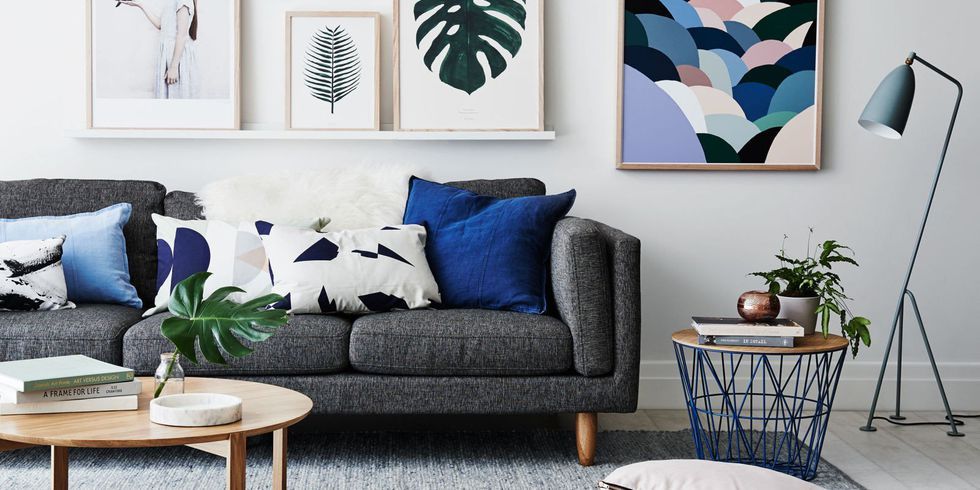Why is it necessary to pick the required house numbers and letters? You’ve already heard it before: you just get one chance to make a good first impression. When it comes to your house, the first experience starts even before you open the door.
Your chance to show off your attention to detail and set the perfect mood is with a clean floor mat and a tasteful house number. However, keep in mind that the above must be practical and quick to read as well: you don’t want the mailman or, worse, emergency responders to skip it, do you?
Here’s how to select a house number and letter that’s both practical and appealing.
What Could the Color of the House Numbers Be?
You should select house numbers and letters in a color that provides a light and dark contrast to their backdrop in order for them to stick out and be quickly spotted from the lane.
If your house has a certain accent color (for example, a bright yellow fence), you may want to keep it intact and use it for your house number as well.
If your door or house has a busy texture, such as a red brick wall, a backplate with your house number might be preferable.
How Do I Choose a House Number and Letter That Goes With My Decor?
Are you attempting to achieve a certain mood or drawing influence from a certain design style? Here are some suggestions for making sure your house number matches your vision:
- Choose metal colors as individual numbers or as a plaque for a minimalist and industrial look.
- Rustic: go for soft pastel colors and a painted theme for a handcrafted look, or white numbers on a black natural slate plaque.
- Take the style of French signage, with white numbers on a dark blue plaque, and apply it to a country cottage.
- Art-deco: To create the 1920s-30s retro feel, use warm-toned metal on a dark door.
What Font Do You Use for Your House Numbers?
While certain ornate house numbers and letters may look lovely when seen from a distance, their fancy fonts may make them difficult to read from the lane.
A sans serif font, such as Arial or Helvetica, is the best bet since it lacks the thin decorative lines at the end of each stroke.
What Size House Numbers and Letters Do You Use?
The best scale for house numbers and letters is 4 inches in height as a general concept. However, it is also dependent on how far your door is from the road:
- 3 inches would suffice if it’s right next to it;
- Look for 6 inches or higher if it’s 130-160 feet away;
- if it’s over 300 feet away, it should be at least 10 inches long.
If your house is very far from the driveway, you may want to consider adding the house number to your front gate as well.
Don’t worry about the kerning, which is the distance between letters and numbers, to improve visibility: they might be the right height, but if they’re placed too close together, they’ll be difficult to see.
What Material Is Best for House Numbers?
When choosing a material for your house number and address, the most important factor to remember is its longevity, particularly if your home is exposed to rain or other harsh weather conditions.
- Stainless steel or chrome for a minimalist look;
- slate for a cozy, classic feel;
- acrylic plaques for new homes;
- brass for an art-deco revival;
- and terracotta for European or Mediterranean vibes.
Quick tips
- Do you get the feeling you’re going to miss something? Let’s go into the most crucial bits!
- Choosing a house number and letter may be a deliberate décor call, but don’t forget about their usefulness.
- Choose a color that contrasts well with the light and shadow of your door or wall.
- To improve contrast, use a sans serif font.
- The numbers should be at least 4 inches wide, but keep in mind how far your door is from the driveway.
- Pick a long-lasting, weather-resistant material.
Follow Home Inside for more!
